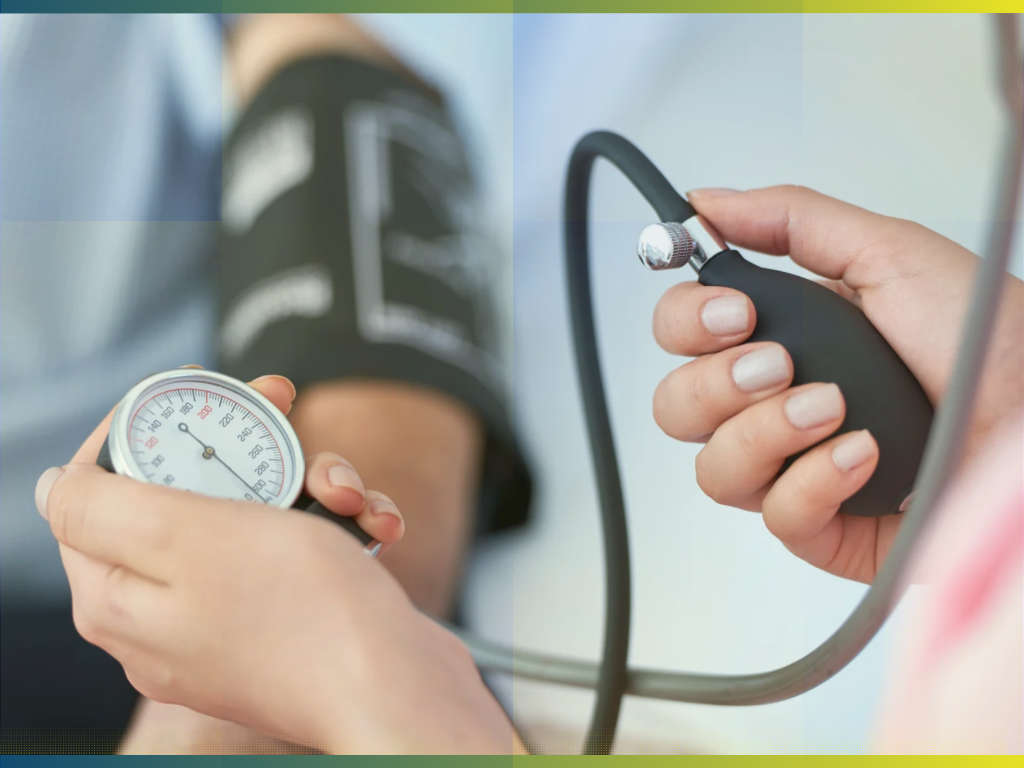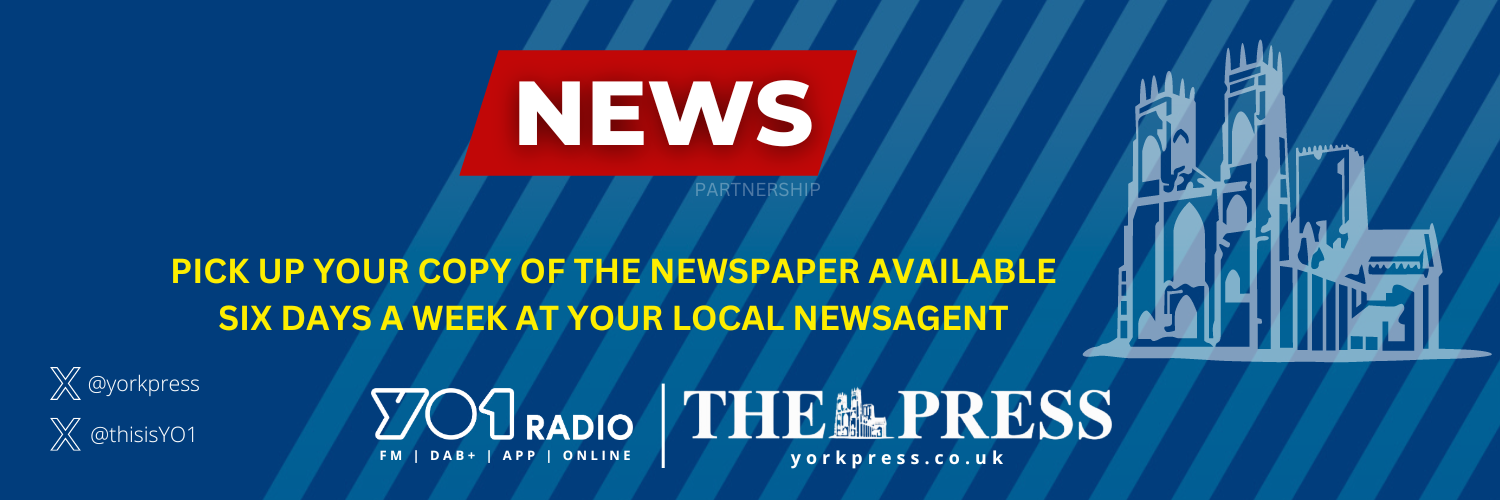
Benenden Health has found that seven in ten (70%) Britons don’t understand their blood pressure readings, even though just over the same amount (71%) of those surveyed have had a blood pressure measurement within the last 12 months.
These findings come ahead of the national awareness campaign ‘Know Your Numbers! Week,’ with one of its aims to lower people’s blood pressure through increased access to blood pressure monitors and information on broader cardiovascular health.
Almost half (45%) of respondents also didn’t know that cardiovascular disease is the most common cause of premature death in the UK, which may be one of the reasons why 7.6 million people are estimated to be living with heart and circulatory disease in the UK today.
Benenden Health’s research also found a significant misunderstanding around the symptoms of high blood pressure. Headaches (60%) and dizziness (63%) were the only symptoms most Brits associated with it. However, only 16% of Brits recognized chills as a symptom of high blood pressure, and just a tenth (10%) recognized a sore throat as a symptom.
When asked how they are managing their heart health, over half (52%) of Brits said they eat more fruit and vegetables, over a third (38%) said they increased their physical exercise activity, and another third (36%) said they have reduced their salt intake. Only 17% of those asked said they have stopped smoking.
Cheryl Lythgoe, Matron at Benenden Health, says further awareness and education about blood pressure are needed to help tackle heart disease:
“The cumulative misunderstanding of high blood pressure results, symptoms, and preventative health measures paints a worrying picture of the nation’s heart health. This isn’t a lost cause, though, as a greater understanding of blood pressure results may encourage more people to get checked out and make any necessary strides in bettering their cardiovascular health. Here are my top four facts about blood pressure checks to get you started:
- The GP isn’t the only place you can get a blood pressure check. It may be reassuring to know that you don’t have to rely on securing a GP appointment to get your blood pressure taken. Most local pharmacies now offer blood pressure readings, and some workplaces do too! And don’t be put off by your age, either. You can be any age to be on top of your blood pressure.
- You receive two blood pressure readings after your test: Systolic and Diastolic. Your Systolic reading is the force of your blood pushing against your blood vessels as your heart pumps blood out. A recommended unit is 120 mmHg or less for this. Your Diastolic reading is the force of blood in the arteries when the heart rests between beats and fills with blood and oxygen. A recommended unit is 80 mmHg or less for this. Remember to speak to your healthcare professional to learn what is a good reading for you.
- Avoid certain foods and medicine before a reading – if you can. Certain foods and drinks, such as caffeine, alcohol, and complex carbohydrates, can increase or decrease your heart rate so much that it may impact your results. Likewise, certain medications may alter your results. For example, medications for depression and anxiety can lower heart rate. Decongestants and cold/flu medicines sometimes have traces of caffeine in them, which may increase it. It’s also recommended to avoid exercise 30 minutes before your appointment and sit for five minutes before taking the test.
- Don’t hesitate to ask questions! Whoever takes your blood pressure reading, whether it’s your doctor, healthcare professional, or pharmacist, is there to answer your questions, so don’t be afraid to do so. I recommend researching and fully noting any unusual symptoms, as well as your daily nutritional, exercise, and medication habits so you are equipped for the questions they will ask you too.
To read more information about how to maintain your heart health, visit Benenden Health’s ‘Heart Hub’.


 Tadcaster Grammar School closed after girl dies in crash
Tadcaster Grammar School closed after girl dies in crash
 Warning to York and Leeds Train Passengers Over Christmas
Warning to York and Leeds Train Passengers Over Christmas
 York Charity Calls on Businesses to Help Spread Christmas Cheer
York Charity Calls on Businesses to Help Spread Christmas Cheer
 How to Avoid Festive Parking Issues in York
How to Avoid Festive Parking Issues in York
 Festive Concert at Ripon Cathedral Raises More Than £6,000 for Charity
Festive Concert at Ripon Cathedral Raises More Than £6,000 for Charity









